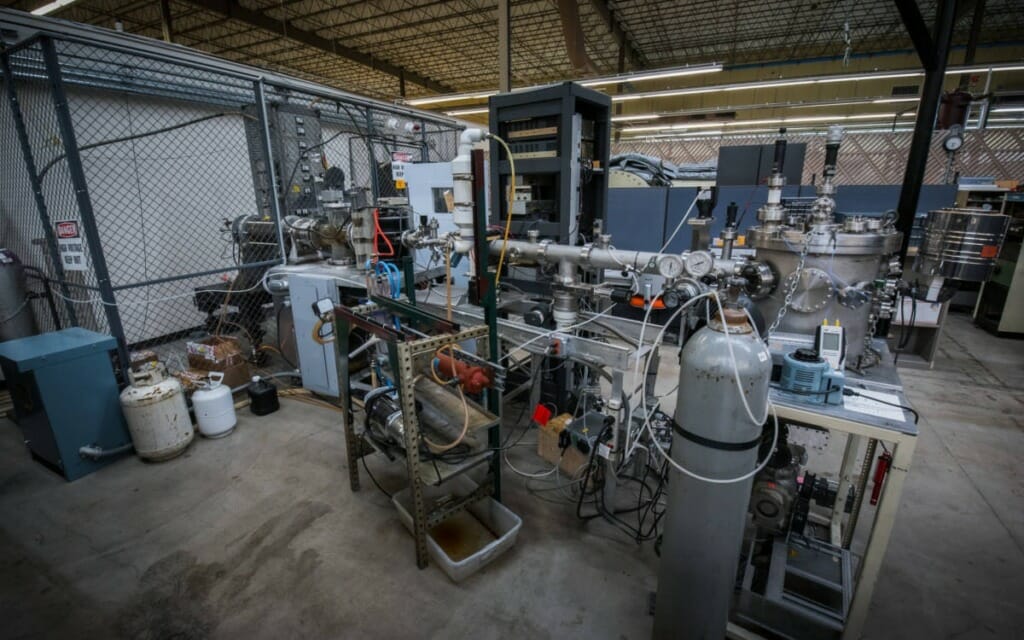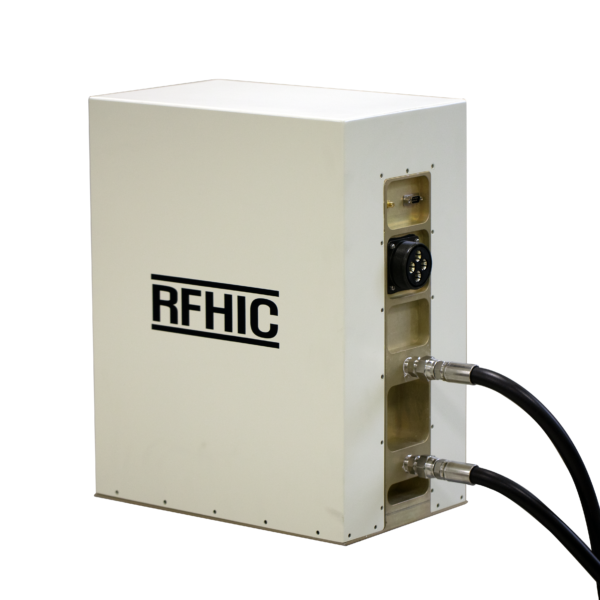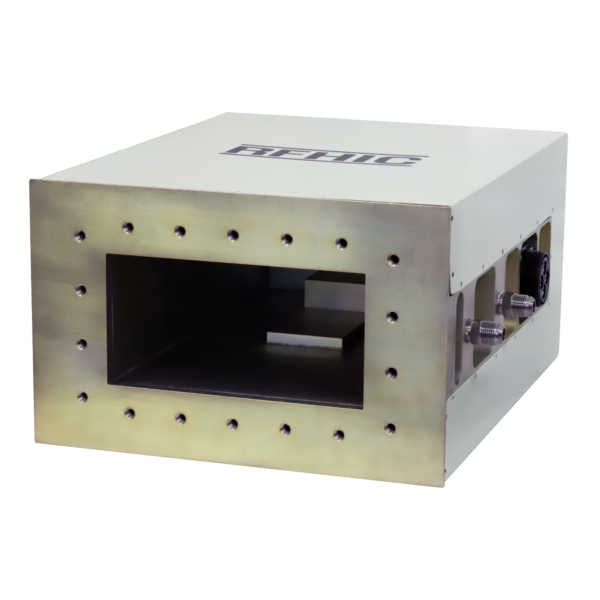The key to an efficient chemical vapor deposition (CVD) process relies heavily on the cleaning step. The cleaning step keeps the chamber and components inside free of unwanted particles and deposits. Over the last decade, the industry has moved from manual cleaning to in situ radio frequency (RF) plasma cleaning and remote plasma cleaning methods. Remote plasma cleaning using microwaves is relatively new. Still, its various advantages have increased yields, decreased system maintenance, and lowered the overall cost of maintaining and operating CVD equipment.
Chemical Vapor Deposition Chamber Cleaning
Chemical vapor deposition chambers are used to produce semiconductor components as well as lab-grown diamonds. The chamber must maintain a clean environment to provide optimal and reproducible products. One of the biggest challenges is that particles tend to contaminate the chamber walls harming the deposition process. Companies use toxic chemicals and gases to mitigate these challenges, which is becoming a major environmental concern. Due to the increasing impact of global warming, semiconductor companies are looking for alternative methods for the chamber cleaning process. Microwave plasma is the ideal solution for removing and sterilizing unwanted particles off the chamber walls and waveguides. A microwave plasma source provides a 99.9% removal efficiency of the reactant gas during the chamber cleaning process. This technology brings the million metric tons of carbon equivalent used for a chamber clean to negligible levels while enhancing efficiency and system throughput.
Benefits of Microwave Plasma Cleaning
In situ, RF plasma sources have been used for various chamber cleaning applications, but they lacked enough yield to maintain feasibility due to the slow processing time. Also, RF plasma sources had trouble cleaning parts not directly exposed to the RF plasma source due to its anisotropic properties, resulting in leftover unwanted particles within the system and causing contamination during the deposition process. Lastly, the RF plasma technique would cause ion bombardment sputter, eroding the chamber and the components within the chamber – resulting in costly and time-consuming maintenance.

Therefore, chamber cleaning using microwave plasma is a more efficient solution to this problem since the chamber walls could be cleaned without direct exposure to the plasma source due to the unique properties of microwaves. Also, microwave plasma cleaning is a purely chemical reaction causing no ion bombardment, resulting in minimal erosion of the chamber walls and components.
RFHIC’s Portable and Digital GaN Solid-State Industrial Microwave Generator
RFHIC introduces its latest Direct Power series featuring a portable and compact 3kW GaN solid-state industrial microwave generator operable both in 900-930MHz (RIU093K0-40TG) and 2400-2500MHz (RIU243K0-40TG)

Both compact generators are designed with an internal waveguide allowing users to mount them directly on the CVD chamber lid, thus eliminating the need for bulky and costly waveguides.

The RIU093K0-40TG (3kW, 900-930MHz) and RIU243K0-40TG (3kW, 2.45GHz) are turn-key GaN solid-state microwave generator solutions that come equipped with a 3kW SSPA head, a 380 VAC power supply unit, a control module, and cables and can operate at both continuous and pulse operations. Both generators have a remote architecture allowing the 3kW SSPA head to be installed apart from the power supply. This separation allows for greater system flexibility and simplifies system integration.
- Microwave plasma source will provide a more uniform and thorough cleaning of the chamber without direct exposure to the source – resulting in better quality products and higher yields.
- RFHIC’s GaN solid-state industrial microwave solutions for chamber cleaning are energy efficient and sustainable, reducing environmental impact.
- RFHIC’s GaN solid-state industrial microwave solutions for chamber cleaning are compact and digitally controllable – providing a more automated process.
For more information, please get in touch with us here: Click Here

